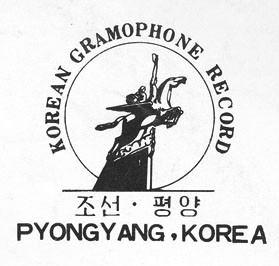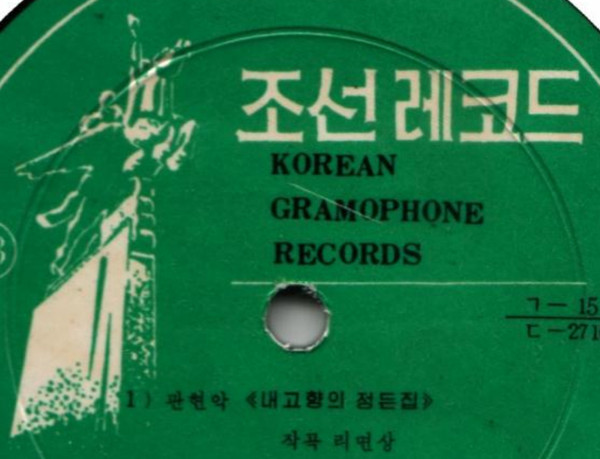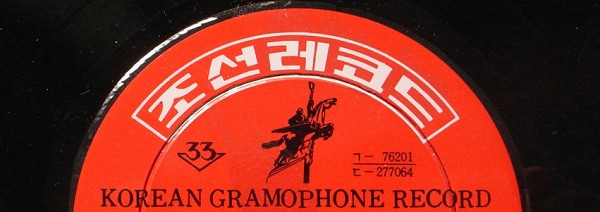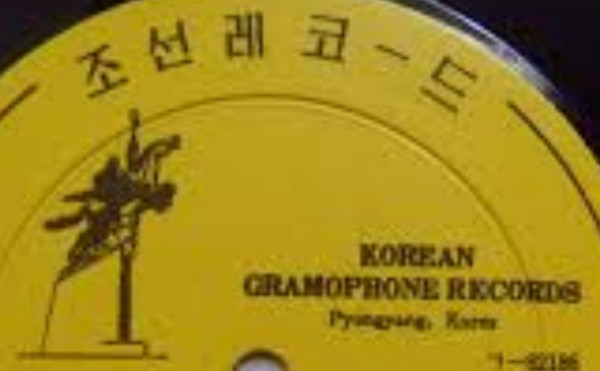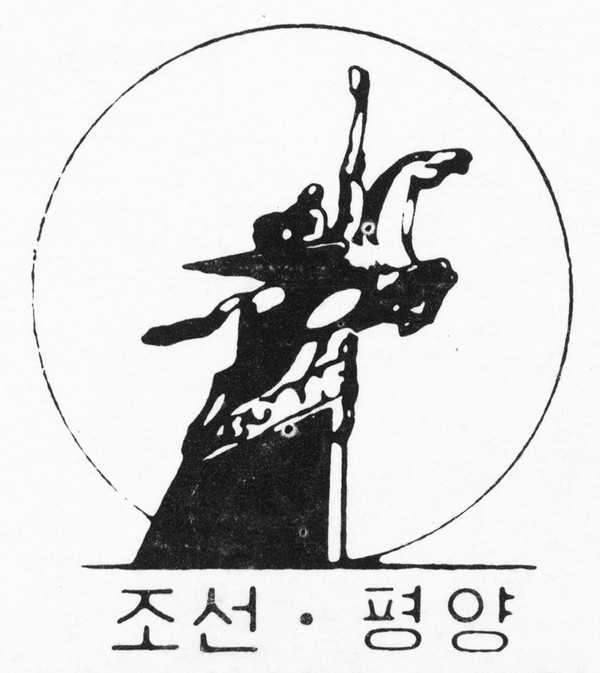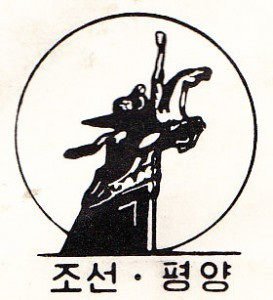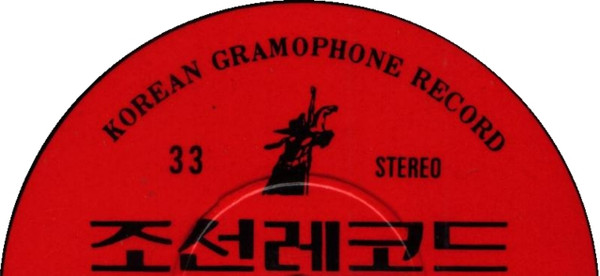Korean Gramophone Record
Настоящее имя: Korean Gramophone Record
Korean Gramophone Record (sometimes Korean Gramophone Records) or 조선레코드 ([Choson Raekodo] in Korean) was the State record company of the Democratic People's Republic of Korea (a.k.a. North Korea). It started pressing 78rpm shellac in the 1950s, then vinyl (12", 10" and 7"s) in the 1960s until the early 1990s. When some economic reforms were introduced in the 90s, the company changed name, stopped doing vinyl, and started manufacturing CDs. The factory is called currently "Mehari" and is located on the Southern outskirsts of Pyongyang, on the road to Kaesong, on the left before the reunification monument (district is called Rakrang).
Vinyl comes with 2 kinds of "catalogue" numbers. One starting with the Korean letter ㄱ ("G") followed by numerals, printed on the cover (usually, but not always), and two starting with the Korean letter ㅁ ("M") or ㄷ ("D"), etc, followed by numerals, which actually are the matrix numbers. The numbers starting with ㅁ or ㄷ etc, are always printed on each side's label, and also engraved on the center of the record, after the ㄱ number. Some records bear the same ㄱ number, but with different titles, and different matrix numbers. As those "ㄱ" numbers also appear on books published in the DPRK, we believe they correspond to an "authorization to print" number, or some kind of censorship clearance. That would mean that several different records of the same series benefit of the same clearance number.
The numbers indicated here as "catalogue numbers" are actually the ㄱ numbers, as they are the most obvious (printed on cover and sometimes on center label above the "matrix" number). If the catalogue number of a new record you want to add here already exists, please add also the matrix numbers for each side in order to clarify the difference between the records beyond the song titles list.
